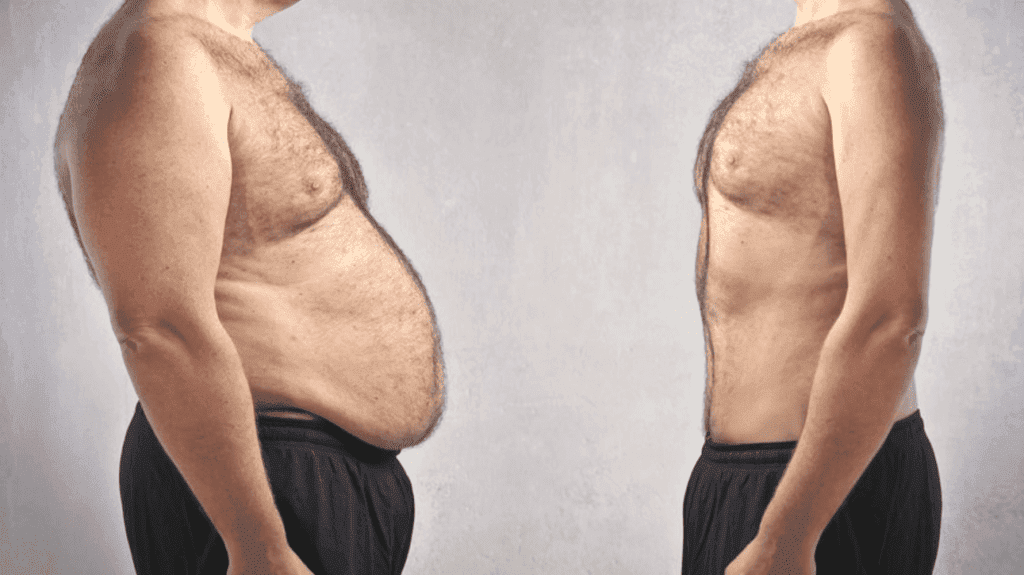
Anishka Ram
(NZRD, MSc. Nutrition and Dietetics)
The Health At Every Size (HAES) approach encourages people to create a healthy relationship with food and it doesn’t focus on body mass index and weight as indicators of being healthy.
As a result, HAES has better health outcomes than similar approaches to eating with the indirect benefit of weight loss.
Over the years, this approach to eating, nutrition, dieting and lifestyle has received negative feedback because it is believed that it actually promotes obesity.
What is HAES?
You might have seen the word HAES being mentioned across your timeline/feed on social media and you might have wondered what people were talking about.
If you clicked on these posts then you would have learnt that the comments section is less about learning and discussing the HAES approach, and more about personal beliefs, ideas and thoughts regarding people’s view and definition of unhealthy lifestyle and personal irresponsibility.[1]
HAES stands for Health At Every Size. It is a relevant topic to our everyday lives and it revolves around living with good health regardless of the weight of the person.
HAES is focusing on health rather than solely giving “strategies” based on the person’s weight. Therefore, the aim is to have people achieving good health regardless of their body weight changes.[2]
How HAES started
Although HAES seems like a new trend, it began in the 1960’s to move people away from using the ideal body image as motivation in order to achieve better health. Instead, the real focus was on health indicators.
Prior to modern times, obesity was present but it was not common, which is why the change in our environment (e.g. diet, nutrition and sedentary lifestyle) has been largely blamed for this “epidemic”.

The traditional method to overcome the “extra weight” was to tell the person that they needed to lose weight.
However, there are various reasons why the weight increase was never acknowledged.[2]
For example, someone may have never learnt how to cook a meal, therefore they would rely on others or simply go for takeaways and fast food.
Whereas, another person may have attempted to lose weight but kept facing challenges when making positive changes, which most likely led to feeling discouraged.
Are there different types of HAES?
The HAES approach in its traditional form included attending group meetings, having fixed discussion topics and were led by professionals.[2] Whereas, a newer type of the HAES approach has a variation of different strategies.
Dimitrov’s study looked at the results between the traditional approach and their proposed HAES approach which included an exercise program, nutrition counselling and philosophical workshops.[2]
This study found that body image, eating attitudes and practices had increased, and the quality of life and health grew compared to the traditional HAES approach.

HAES and Eating Pleasure
A study based on Eating pleasure in a sample of obese Brazilian women showed that people could reduce the feeling of guilt while eating and the negative thoughts about food by using the newer HAES approach.
This was achieved by getting the women in the study to understand what they really desired rather than using food to fill that void. They were also guided to overcome feelings of guilt when eating foods that made them feel “pleasure”.[3]
HAES and Intuitive Eating
A Canadian study found that using the HAES approach and focusing more specifically on eating behaviours, improved intuitive eating.
Intuitive eating is a method to understand how the food looks, tastes and how it makes us feel while consciously listening to our hunger and fullness cues.[4]
RELATED — The Ultimate Guide to Intuitive Eating
The biggest change in the study was that the diet quality improved in women who used the HAES approach as they were more likely to choose a variety of foods with nutrients as opposed to restricting their food intake.[4]
Attitudes and opinions about HAES (2021)
Although social media advocates unrealistic images of bodies, an approach like HAES can flourish and encourage young adults to create a positive relationship with food and their health.[5]
The main argument that people have towards the HAES approach includes encouraging people who are considered overweight or obese not to lose weight, when research shows that increased weight can increase the risk factors of type 2 diabetes, cholesterol levels, blood pressure and coronary heart disease.
RELATED — Diabetes: Early Signs, Causes, Types and Treatment
The HAES approach has had its fair share of arguments. However, considering that many behaviours are addressed to help people achieve the health outcomes they desire, the HAES approach can reduce these risk factors as well as encourage having a good relationship with food. As with all intervention strategies, there are positive and negative sides.
Now, that we have learned more about the HAES approach, how do you feel about applying it to your daily eating habits? You can share in the comments below.
Also, join us… it’s free… and become a part of our healthy and knowledgeable community by Subscribing to our Newsletter. That way, you will always be informed when a new article, regarding the topics that you are interested in, will be published.
References
(1) Bombak, A., Monaghan, L. F., & Rich, E. (2019). Dietary approaches to weight-loss, Health At Every Size® and beyond: rethinking the war on obesity. Social Theory & Health, 17(1), 89-108.
(2) Dimitrov Ulian, M., Pinto, A. J., de Morais Sato, P., B. Benatti, F., Lopes de Campos-Ferraz, P., Coelho, D., … & B. Scagliusi, F. (2018). Effects of a new intervention based on the Health at Every Size approach for the management of obesity: The “Health and Wellness in Obesity” study. PloS one, 13(7), e0198401.
(3) Sabatini, F., Ulian, M. D., Perez, I., Pinto, A. J., Vessoni, A., Aburad, L., … & Scagliusi, F. B. (2019). Eating pleasure in a sample of obese Brazilian women: A qualitative report of an interdisciplinary intervention based on the Health at Every Size approach. Journal of the Academy of Nutrition and Dietetics, 119(9), 1470-1482.
(4) Carbonneau, E., Bégin, C., Lemieux, S., Mongeau, L., Paquette, M. C., Turcotte, M., Labonté, M. È., & Provencher, V. (2017). A Health at Every Size intervention improves intuitive eating and diet quality in Canadian women. Clinical nutrition (Edinburgh, Scotland), 36(3), 747–754.
(5) Marks, R. J., De Foe, A., & Collett, J. (2020). The pursuit of wellness: Social media, body image and eating disorders. Children and Youth Services Review, 105659. https://www.sciencedirect.com/science/article/abs/pii/S019074092032082X







Great article